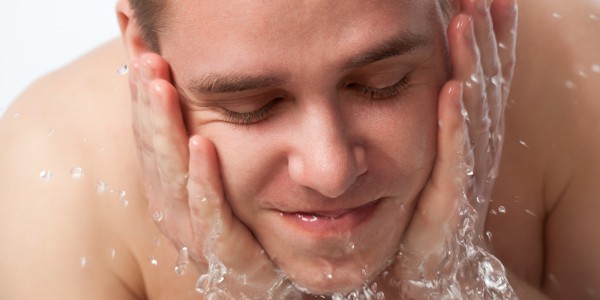
Many skincare regimens and beauty tout the benefit of giving you smoother, radiant, glowing skin. Numerous brand of makeup, lotions, and serums are designed to clear acne, reduce fine lines and wrinkles, and shrink pores, which we all want. Skin care is important!
But those products may be causing some hidden side effects that you may not be aware of — sun sensitivity, also known as photosensitivity.
What is photosensitivity?
Photosensitivity is a type of skin reaction that is triggered by sunlight. Photosensitivity can be heightened by using beauty products and skincare regimens with certain active ingredients. People who are photosensitive may develop sun burns or skin rashes after even a small amount of direct sun exposure without protection.
If you regularly use beauty products that contain photosensitivity-causing active ingredients without the right sun protection, you can run the risk of developing sun damage, which can lead to skin cancer.
Which products should I watch out for?
The most common active ingredients in skincare products that are likely to cause a reaction are retinol, hydroquinone, and AHAs.
Retinol, also known as Vitamin A, is usually found in products that are designed to promote skin renewal and collagen production. Retinol stimulates cell renewal, which makes new skin more delicate and thin, making it more risky to be exposed to direct sunlight.
Hydroquinone is a lightening agent that helps with discoloration of the skin and fades dark spots by disrupting spots with excess melanin. Hydroquinone is designed to decrease melanin, which makes skin more at risk for harmful UV radiation exposure.
AHAs, or alpha hydroxy acids like glycolic acid, are acids that are derived naturally to exfoliate the skin, and are commonly found in skin-brightening or acne-fighting products. Because they thin the skin by removing surface buildup,they can make skin more prone to burning.
What does photosensitivity look like?
Photosensitivity is an autoimmune reaction to the sun, and usually presents as itchy areas of redness and inflammation on the skin. People’s reactions can range from mild to severe, and in the worst cases, sun burns and rash can lead to blistering.
How is sun sensitivity treated?
If you are experiencing sun sensitivity after using a skin care product that contains a photosensitivity-causing active ingredient, you can avoid the chemical and try to find a different product with out it, or limit the amount of time you spend in the sun.
People who experience photosensitivity should always wear sunscreen when they are outside.
Disclaimer: This blog provides general information and discussion about medical, cosmetic, mohs, and surgical dermatology. The words and other content provided in this blog, and in any linked materials, are not intended and should not be construed as medical advice. If the reader or any other person has a medical concern, he or she should consult with an appropriately-licensed dermatologist or other health care worker.
